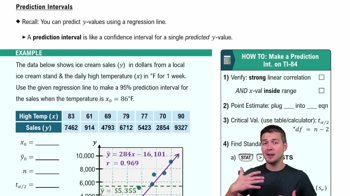Here are the essential concepts you must grasp in order to answer the question correctly.
Levels of Measurement
Levels of measurement refer to the different ways in which data can be categorized and quantified. The four primary levels are nominal, ordinal, interval, and ratio. Each level has distinct characteristics that determine the type of statistical analysis that can be performed on the data.
Recommended video:
Difference in Proportions: Hypothesis Tests Example 1
Quantitative Data
Quantitative data is numerical data that can be measured and expressed mathematically. It is typically used for statistical analysis and can be further classified into discrete (countable) and continuous (measurable) data. Quantitative data is essential for performing calculations, comparisons, and statistical tests.
Recommended video:
Visualizing Qualitative vs. Quantitative Data
Interval and Ratio Levels
Interval and ratio are the two levels of measurement that allow for quantitative data. Interval data has meaningful differences between values but lacks a true zero point (e.g., temperature in Celsius). Ratio data, on the other hand, has both meaningful differences and a true zero point, allowing for a full range of mathematical operations (e.g., height, weight).
Recommended video:
 Verified step by step guidance
Verified step by step guidance Verified video answer for a similar problem:
Verified video answer for a similar problem:



 2:13m
2:13m